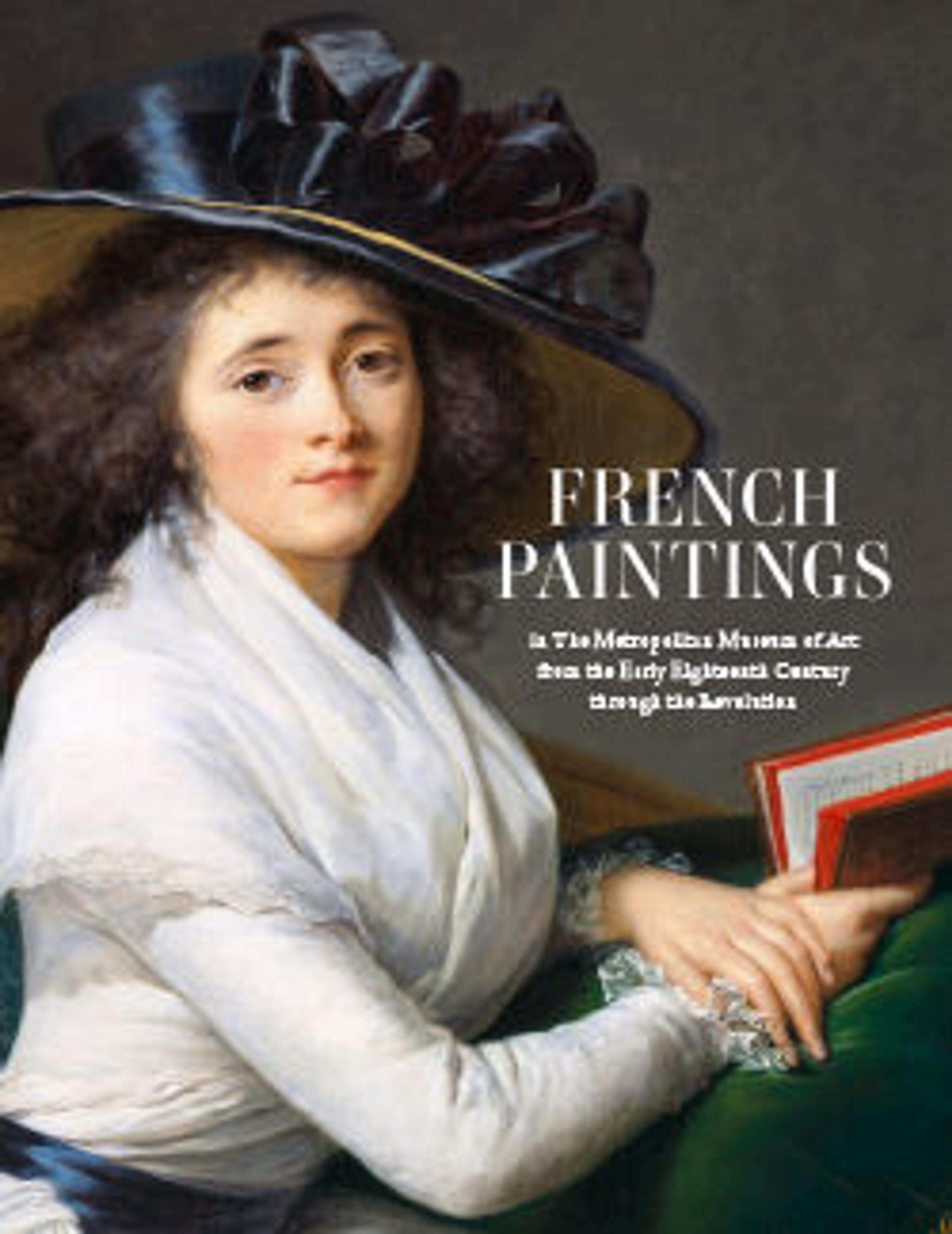The Portico of a Country Mansion
Shown at the Salon of 1775, this was among the canvases of which Diderot asked "But, Robert, you have made these sketches for so long, are you unable to make a finished painting?" The artist’s loose handling partook in a deliberate aesthetic of the sketch even at such a large scale. This painting and its pendant (35.40.1) were commissioned by François Bergeret de Frouville, a financier whose older brother was a major patron and collector of contemporary art at the end of the ancien régime. Salon critics improbably thought the structure was a palace outside Florence, evidence of how freely fragments of antique architecture were interpreted in the period. Robert playfully signed the work as executed in "PARISIORUM," in reference to the ancient Roman city that became Paris.
Artwork Details
- Title:The Portico of a Country Mansion
- Artist:Hubert Robert (French, Paris 1733–1808 Paris)
- Date:1773
- Medium:Oil on canvas
- Dimensions:80 3/4 x 48 1/4 in. (205.1 x 122.6 cm)
- Classification:Paintings
- Credit Line:Bequest of Lucy Work Hewitt, 1934
- Object Number:35.40.2
- Curatorial Department: European Paintings
More Artwork
Research Resources
The Met provides unparalleled resources for research and welcomes an international community of students and scholars. The Met's Open Access API is where creators and researchers can connect to the The Met collection. Open Access data and public domain images are available for unrestricted commercial and noncommercial use without permission or fee.
To request images under copyright and other restrictions, please use this Image Request form.
Feedback
We continue to research and examine historical and cultural context for objects in The Met collection. If you have comments or questions about this object record, please contact us using the form below. The Museum looks forward to receiving your comments.
